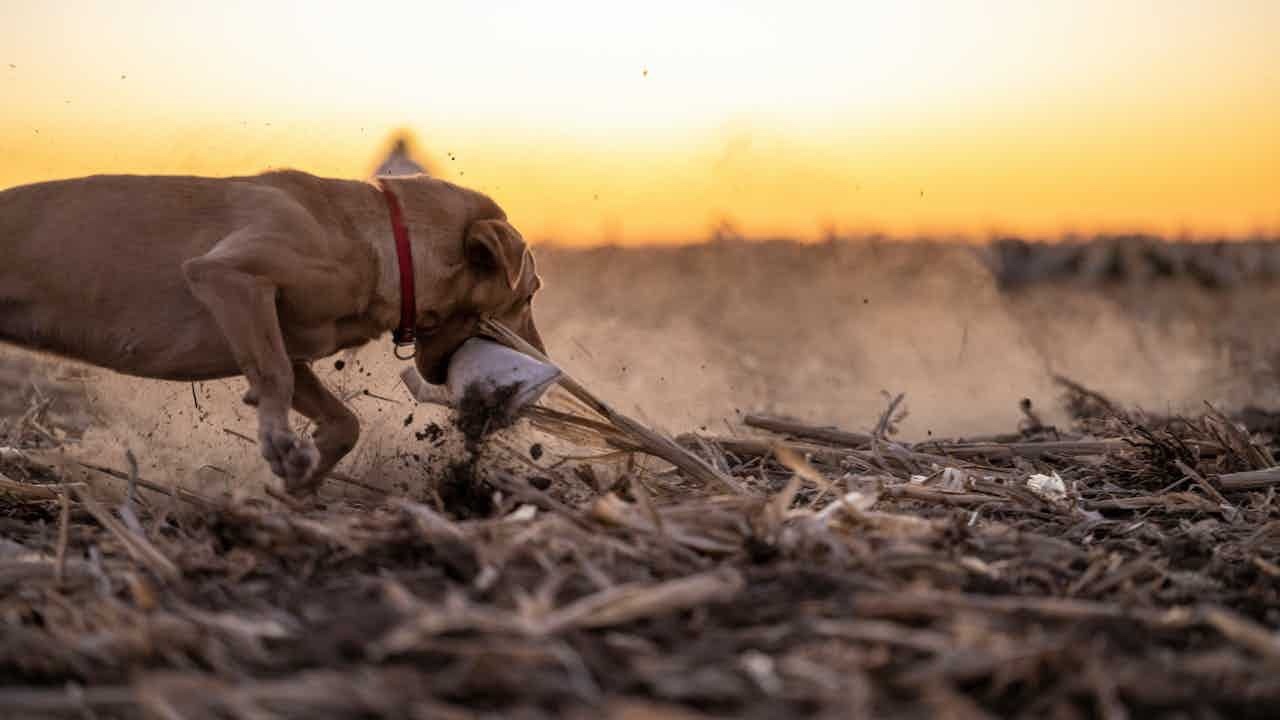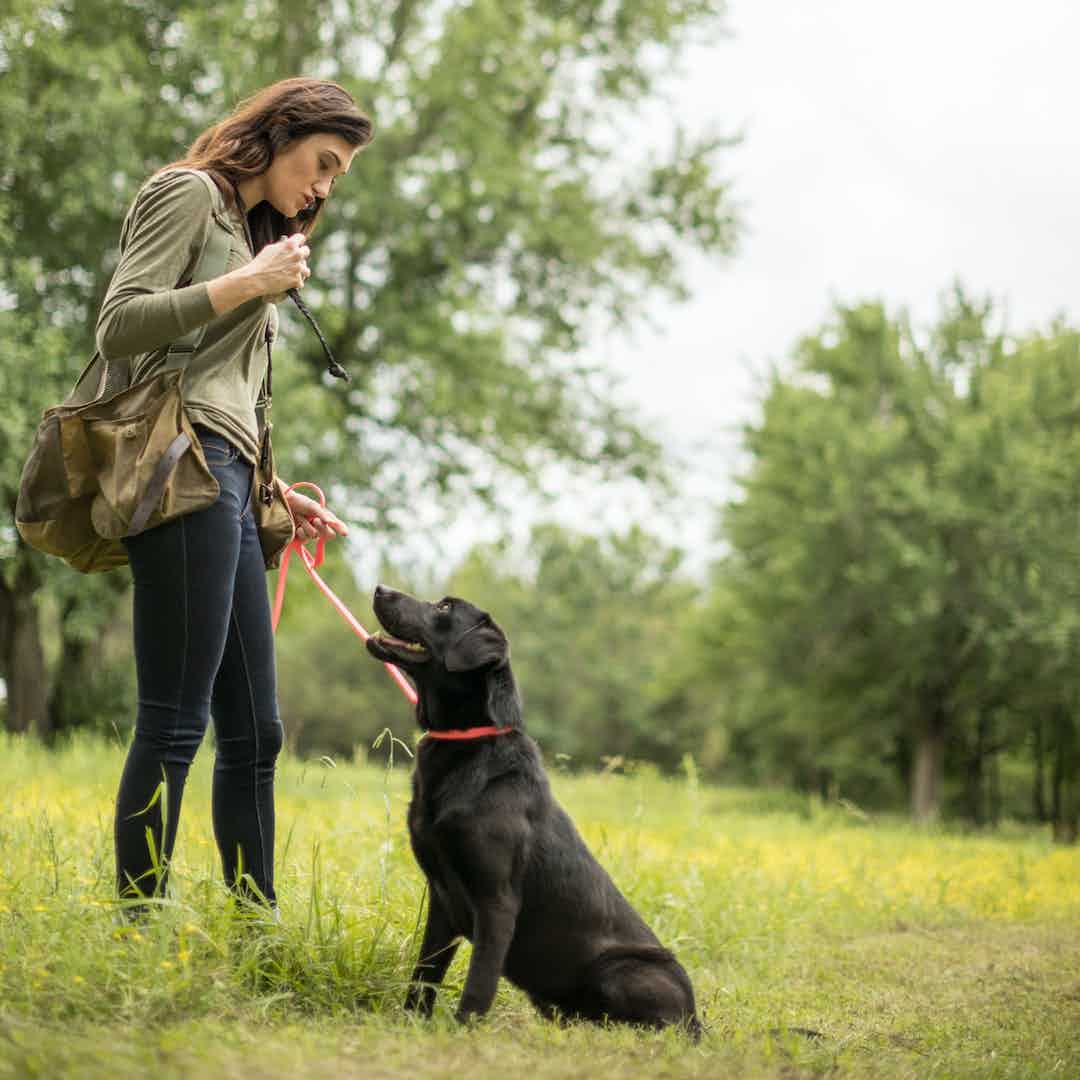Retriever Training: Embracing the Ups and Downs

We all want to see our gun dogs make progress. There’s nothing quite like witnessing your dog complete a challenging retrieve that just a short while ago seemed impossible. Early on, progress often comes quickly with a young puppy; they’re eager to work for food, and their minds are like sponges. However, as they grow older and formal training begins, you might notice that progress slows down, sometimes even hitting a few bumps along the way. This is completely normal for all retriever breeds.
Expecting Variations in Training Progress
Every retriever breed matures at its own pace. For instance, Chesapeake Bay Retrievers might not reach the same level of readiness as Labrador Retrievers by six months of age. Even within Labradors, you’ll find variations in maturity levels, which can affect training progress. Sometimes, we might expect one dog to progress as quickly as a previous one, but this expectation can lead to frustration and create a training slump.
As trainers, the sooner we accept that progress will have its ups and downs, the less stress we’ll feel during the retriever training process. It’s easy to get excited when things are going well, but when progress slows, it’s common for morale to take a hit. If you can anticipate the valleys as much as the peaks, you’ll be better prepared to navigate the retriever training journey.
Navigating the Peaks and Valleys of Training
Training a retriever is much like climbing a mountain. At the start, you’re filled with enthusiasm, ready for the ascent. The goal is clear: to reach the peak and have a fully-trained gun dog capable of handling various hunting scenarios. But once you begin the climb, you realize that the path isn’t as smooth as it seemed. Instead, it’s filled with smaller peaks and valleys, where progress slows, and you need to regroup before continuing.
Much like driving on a highway and hitting a traffic jam, these slowdowns in training can be disappointing. However, just as modern GPS systems can warn you of upcoming delays, understanding that these dips in progress are part of the process can help you handle them better.

The Most Important Question: "Why?"
When progress slows or regresses, it’s crucial to ask yourself, “Why?” Drops in training can be due to a variety of factors—your dog’s maturity, the introduction of new skills, or environmental changes. Sometimes, the reason might be related to too much-perceived pressure on your dog.
I once trained a Boykin Spaniel who excelled until we introduced gunfire. Suddenly, his steadiness became a challenge, and it felt like we’d taken two steps back. Gunfire can cause over-excitement in many dogs, requiring additional focus on basic obedience before progress resumes.
Identifying the “why” behind these setbacks is key to moving forward. Understanding the reason for a dip in progress not only helps you adjust your training approach but also improves your skills as a trainer.

Adjusting for Success
Once you’ve identified the cause of a training slump, it’s essential to make the right adjustments. In my early days of training, I would let these setbacks frustrate me, which only made things worse. Dogs are incredibly perceptive and can pick up on our frustration. Forcing a dog through training while frustrated is never productive; instead, make the necessary adjustments and move forward from there.
Whether it’s your handling style, environmental distractions, or the pace at which you’re pushing your dog, making small adjustments can prevent bad habits from forming. Retriever breeds are fast learners, but they must be learning the right things. Recognize when you’ve hit a valley, figure out why, and make the changes needed to get back on track.
Conclusion: The Path to a Well-Trained Gun Dog
Training a retriever is a journey filled with peaks and valleys. By understanding that setbacks are part of the process and taking the time to identify and address the reasons behind them, you can ensure that both you and your dog stay on track. Follow these steps, especially if you’re using a structured training program like ours, and you’ll end up with a gun dog you can be proud of in the field.
BuildFromHere,
The Team at CGA
P.S. Unsure about how to train your retriever? Click here to learn more.




